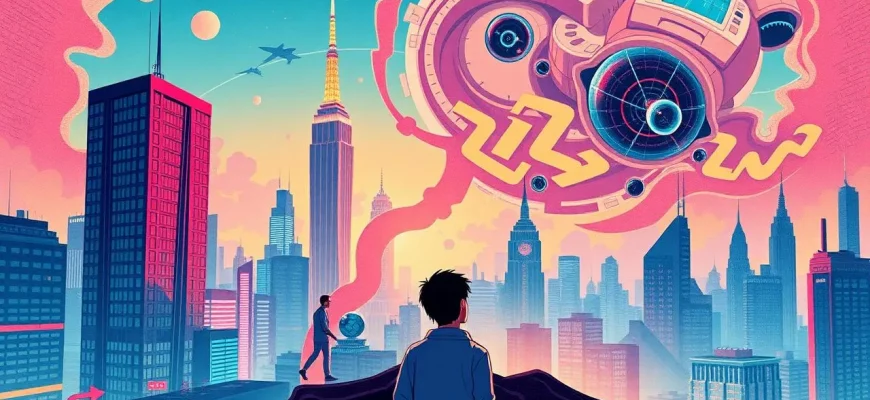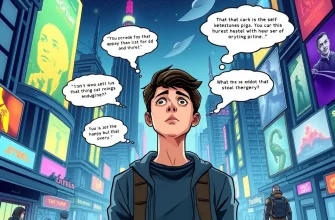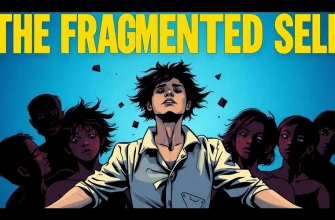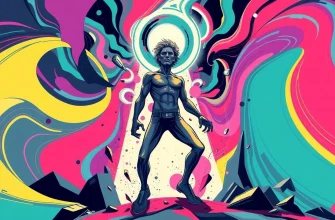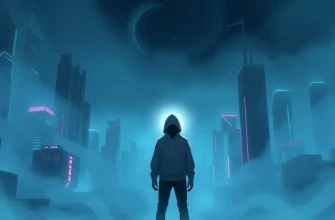Fancy a bit of a mind-bender? Well, you're in for a treat! This collection of ten sci-fi films delves deep into the very fabric of reality, offering a thrilling escape from the mundane. Each film in this lineup not only entertains but also provokes thought, making you question what's real and what's just a clever trick of the mind. Whether you're a seasoned sci-fi aficionado or just dipping your toes into the genre, these films promise a journey through the looking glass of perception and existence.
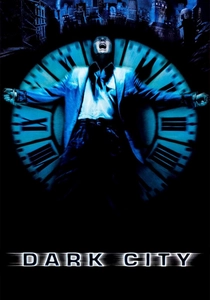
Dark City (1998)
Description: A noir sci-fi thriller where a man wakes up with no memory and discovers that his entire world is being manipulated by mysterious beings known as the Strangers, who can alter reality at will.
Fact: The film's director, Alex Proyas, was inspired by German Expressionist cinema, particularly "Metropolis." Also, the film's ending was changed to be more open-ended, leaving audiences to ponder the nature of reality.
 Watch Now
Watch Now
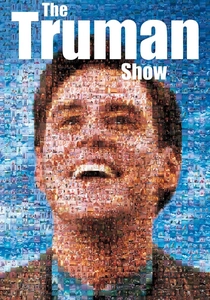
The Truman Show (1998)
Description: In this film, Truman Burbank lives in a seemingly perfect world, only to discover that his entire life is actually a TV show, and his reality is a meticulously constructed set.
Fact: The film was inspired by a 1989 episode of "The Twilight Zone" called "Special Service." Also, the town of Seahaven was built from scratch for the film, creating an eerily perfect environment.
 Watch Now
Watch Now
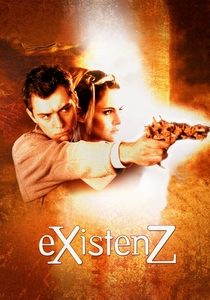
eXistenZ (1999)
Description: David Cronenberg's film delves into a virtual reality game that blurs the lines between the game world and the real world, leading to a thrilling and disorienting experience.
Fact: The film was released the same year as "The Matrix," leading to comparisons between the two. Also, the game pods used in the film were designed to look organic and unsettling, reflecting Cronenberg's body horror themes.
 Watch Now
Watch Now
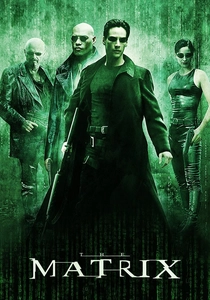
The Matrix (1999)
Description: This iconic film introduces us to a world where reality might just be an elaborate computer simulation, controlled by sentient machines. It's a mind-bending exploration of free will and the nature of existence.
Fact: The Wachowskis drew inspiration from various philosophical and religious texts, including Plato's Allegory of the Cave. Also, the film's famous "bullet time" effect was a groundbreaking visual technique at the time.
 Watch Now
Watch Now
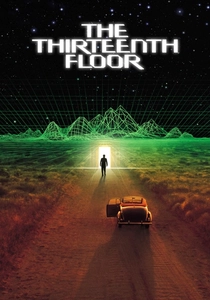
The Thirteenth Floor (1999)
Description: This film explores a virtual reality simulation of 1937 Los Angeles, where characters begin to question their own existence and the layers of reality they inhabit.
Fact: The film is loosely based on the novel "Simulacron-3" by Daniel F. Galouye. Also, it was released in the same year as "The Matrix," leading to comparisons in themes and concepts.
 Watch Now
Watch Now
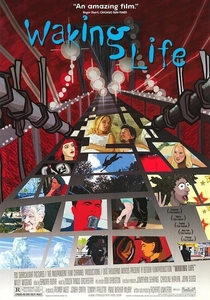
Waking Life (2001)
Description: This animated film follows a young man through a series of dreamlike encounters, exploring philosophical questions about reality, free will, and existence.
Fact: The film was shot in live-action and then rotoscoped, giving it a unique, dreamlike visual style. Also, it features a diverse range of philosophers, scientists, and artists discussing various topics.
 Watch Now
Watch Now
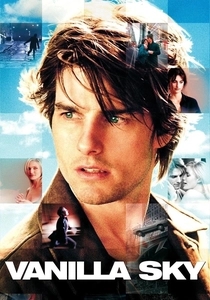
Vanilla Sky (2001)
Description: A remake of the Spanish film "Abre los ojos," this film follows a man whose life spirals into a surreal nightmare after a car accident, questioning his own reality and identity.
Fact: The film features a cameo by Steven Spielberg, who appears as a guest at a party. Also, the ending was intentionally left ambiguous to provoke discussion about the nature of reality.
 Watch Now
Watch Now
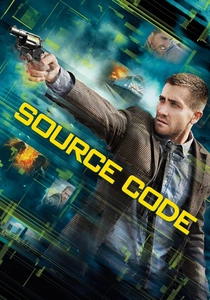
Source Code (2011)
Description: A soldier wakes up in the body of another man on a train, reliving the same eight minutes before an explosion, trying to prevent the disaster and uncover the truth behind his mission.
Fact: The film's concept was inspired by the video game "Quantum Leap." Also, the ending was designed to be both satisfying and open to interpretation, leaving viewers to ponder the nature of reality and time.
 Watch Now
Watch Now
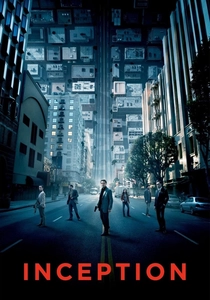
Inception (2010)
Description: Christopher Nolan's masterpiece explores the concept of dreams within dreams, where the line between reality and illusion becomes increasingly blurred. It's a film that challenges the very nature of our perception.
Fact: The film's complex narrative required a special app to help the crew keep track of the dream levels. Also, the spinning top, a key symbol in the film, was inspired by Nolan's own childhood toy.
 Watch Now
Watch Now
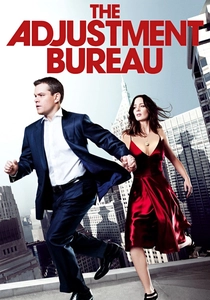
The Adjustment Bureau (2011)
Description: Based on a Philip K. Dick short story, this film explores the idea of fate and free will, where a man discovers that his life is being orchestrated by a mysterious group known as the Adjustment Bureau.
Fact: The film's director, George Nolfi, wrote the screenplay over a decade before it was produced. Also, the film's ending was changed to provide a more hopeful resolution.
 Watch Now
Watch Now

